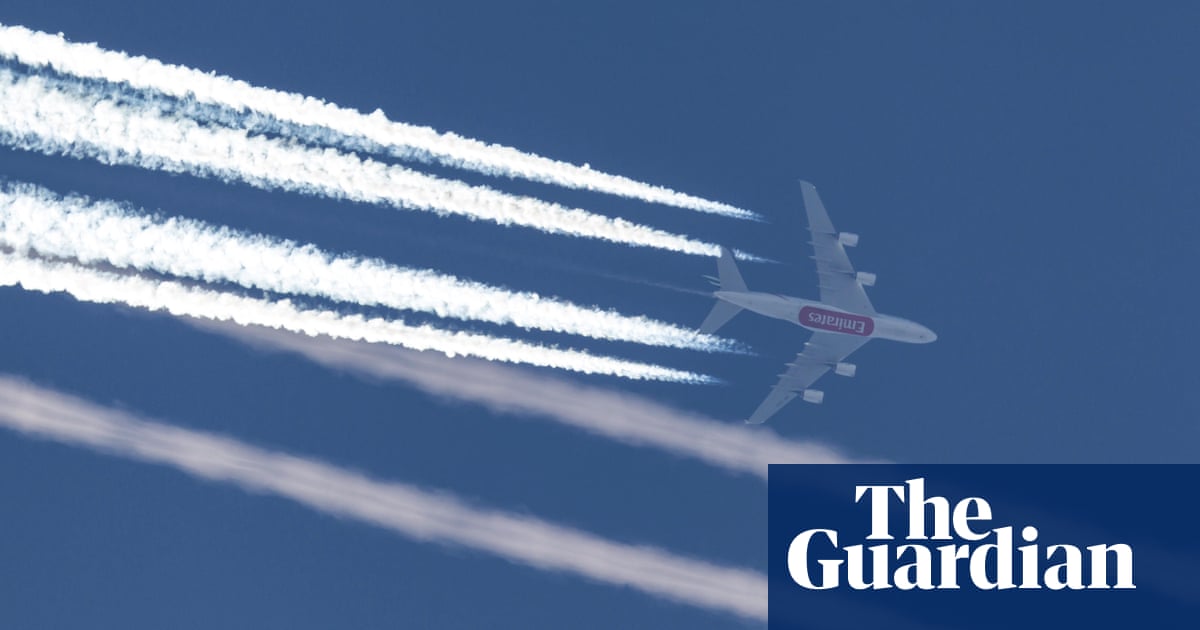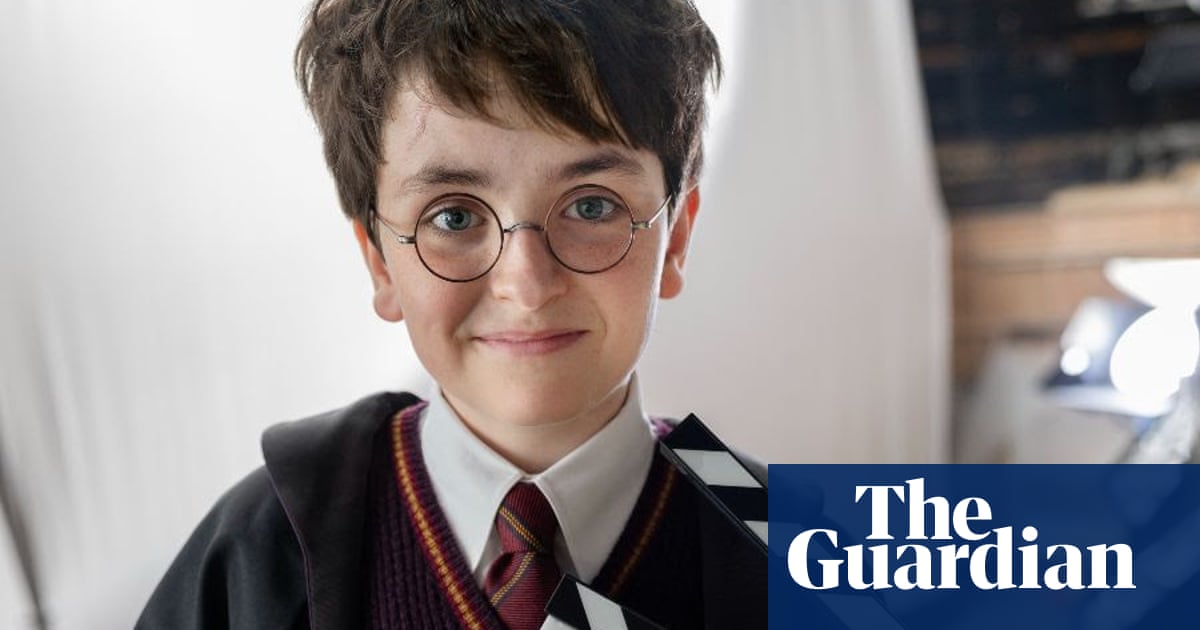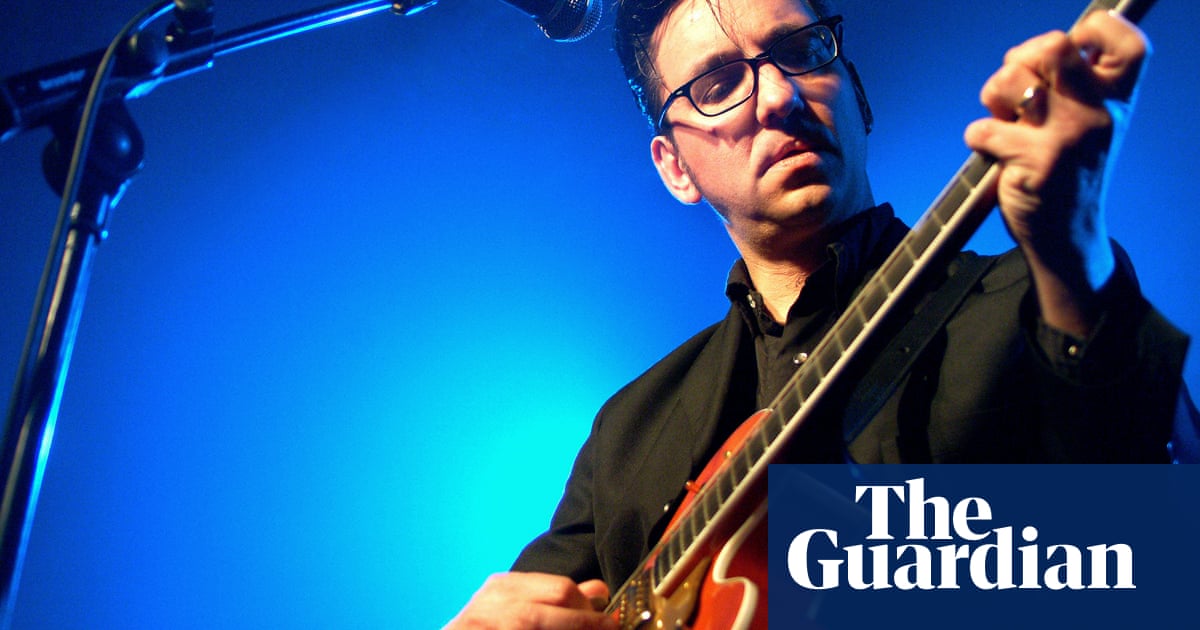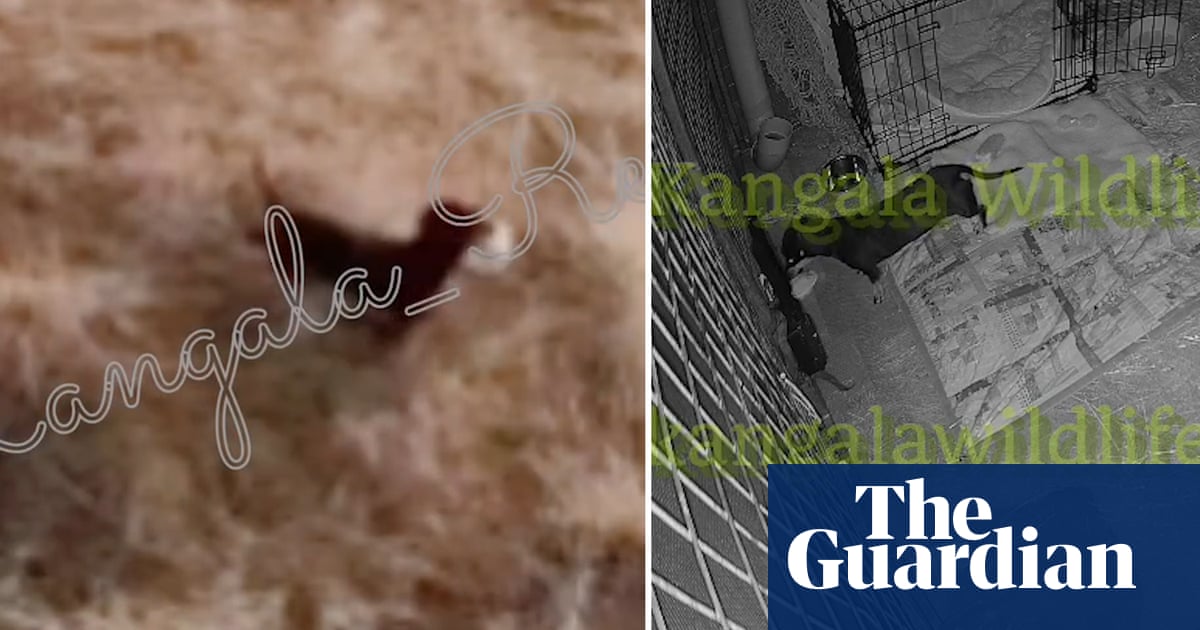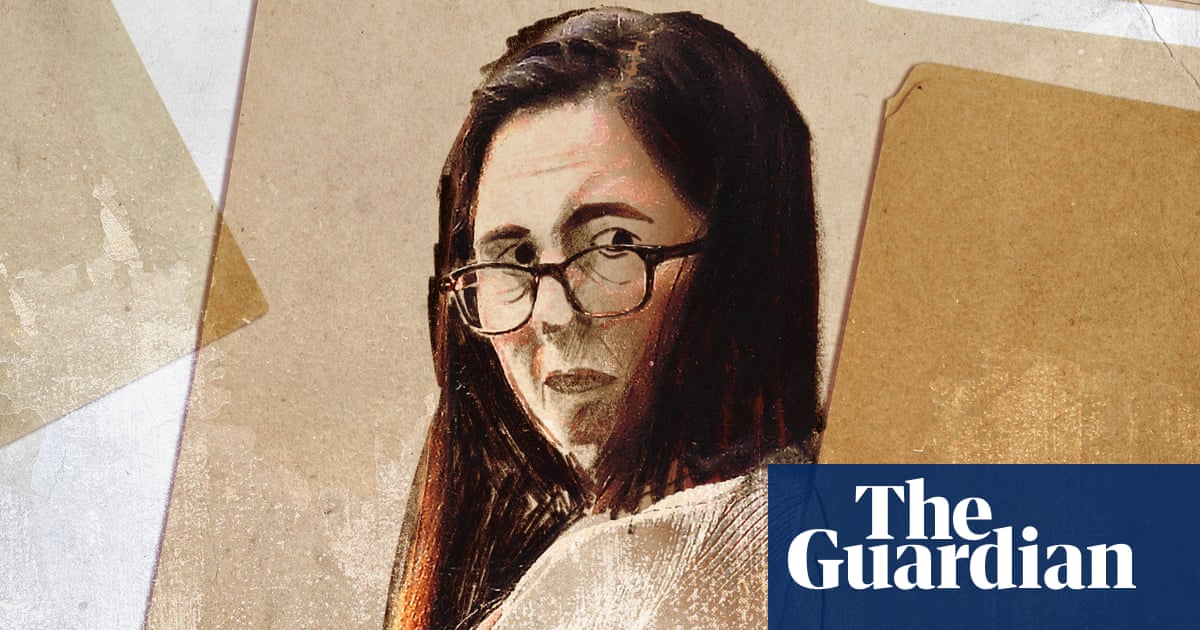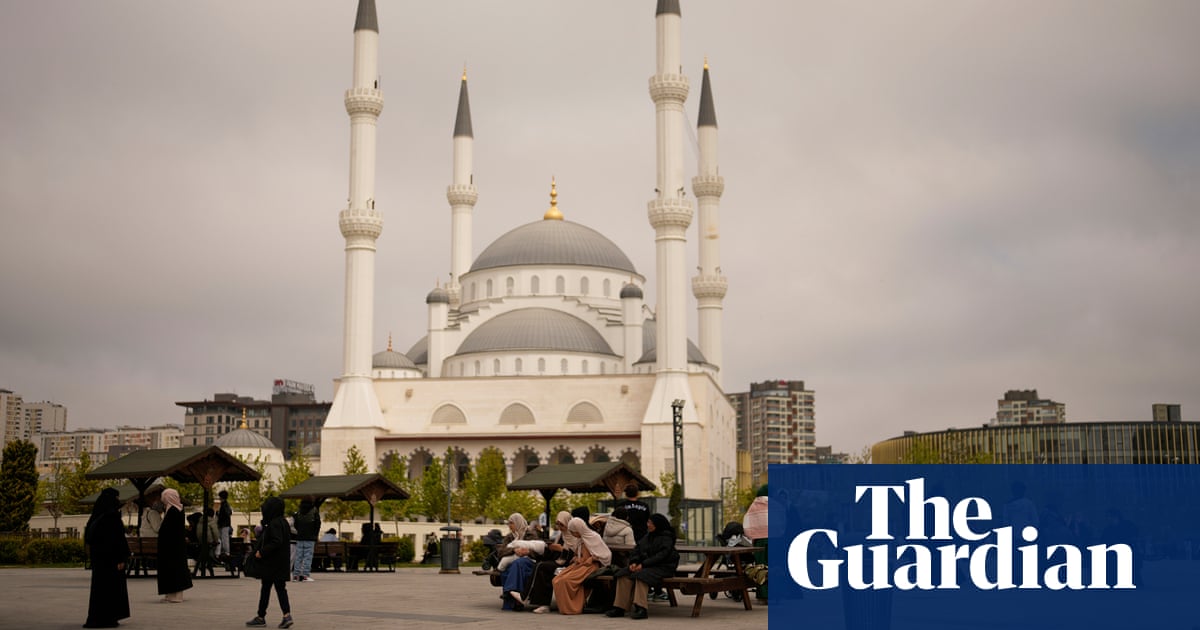Most of the time, nothing much happens. A wide Nordic river, melting snow still lining its banks, meanders peacefully through a pristine forest of spruce and pine. But this spring, as every spring for the past six years, a lot of people will be glued to it.
When Den stora älgvandringen – variously translated as The Great Moose Migration or The Great Elk Trek – first aired on the public broadcaster SVT’s on-demand platform in 2019, nearly a million people tuned in. Last year, it was 9 million.
This year, who knows? Given the state of the world, a three-week-long, round-the-clock live stream of a few hundred moose gingerly crossing the Ångerman River in northern Sweden to reach their summer pastures could be just what viewers need.
The show’s latest edition launched a full week early on Tuesday because of warmer than usual spring weather. “There are a lot of moose about,” the producer, Stefan Edlund, told SVT. “They’re waiting for us. We’ve had to adjust. But it should be OK.”
The programme’s 15-strong crew, working out of a control room in Umeå, 400 miles (600km) north of Stockholm, had already laid most of their 20,000 meters of cables and positioned their 30-plus remote video and night vision cameras, Edlund said.
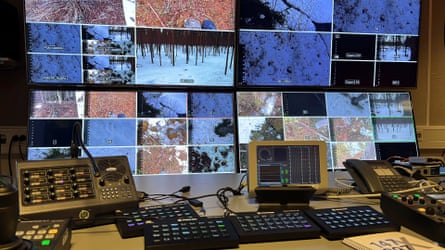
Which is just as well, because the show’s fans are more than ready.
Ulla Malmgren, 62, said she had stocked up on coffee and pre-cooked meals for the duration so she did not miss a moment. “Sleep? Forget it. I don’t sleep,” she said.
Malmgren, who is in a Facebook group of 76,000-plus viewers, told the Associated Press she loved the thought that there were “about a million people” watching “all saying about the same thing: ‘Go on! Yes, you can do it!’”
Another fan, William Garp Liljefors, 20, said he had been known to be late for class while the show was on. “I feel relaxed, but at the same time I’m like, ‘Oh, there’s a moose. Oh, what if there’s a moose? I can’t go to the toilet!’” he said.

The show – and its success – are part of a growing trend for “slow television” that some argue was pioneered by the late US pop artist Andy Warhol, whose 1964 film Sleep showed the poet John Giorno sleeping for five hours and 20 minutes.
More recently, the concept took off with the Norwegian broadcaster NRK’s pre-recorded Bergensbanen, which showed, minute by minute, a seven-hour train journey from Bergen to Oslo with archive footage to enliven time spent in the line’s 182 tunnels.
About 20% of Norway’s population tuned in at least once to that. Two years later, roughly half the country’s 5.5 million people watched at least some of NRK’s coverage – live and non-stop, this time – of a 134-hour sea voyage from Bergen to Kirkenes.
Since then the broadcaster has aired at least one slow TV show a year, including 18 hours of salmon swimming upstream, 12 hours of firewood burning, 24 hours of academic lectures on the constitution and a 12-hour knitting marathon.
after newsletter promotion
Broadcasters in Spain, Portugal, France, the UK, Australia and elsewhere have followed suit. In Utrecht, in the Netherlands, a live stream from an underwater camera allows viewers to ring a virtual doorbell and let spawning fish through a lock gate.
Slow TV shows something happening at the rate it is experienced, rather than speeded up through plotting and editing. Its attraction, media experts say, seems to lie precisely in the soothing absence of staged tension and drama.
“It becomes, in a strange way, gripping, because nothing catastrophic is happening, nothing spectacular is happening,” said Annette Hill, a professor of media and communications at Jönköping University in Sweden.
“But something very beautiful is happening in that minute-by-minute moment.”
Espen Ytreberg, a professor of media studies at the University of Oslo, has likened slow TV to a sort of window or “escape valve” from the medium’s usual frenetic pace. “Just when did we come to accept that television should be this accelerated, busy, intense, in your face thing?” he wondered – appropriately, almost a decade ago – in an interview with CBS. “But at some point, that became the norm.”
Just occasionally, of course, stuff does happen. SVT even sends a push alert when the first moose shows up on The Great Moose Migration, and runs an on-screen counter showing how many have managed to cross the river, which is wide and can be perilous.
Last year, the programme’s cameras captured 87 making it safely across. Some do get into difficulties. Undeniably, though, viewers are, most of the time, staring at sky, water and trees. Maybe a duck or two. Wait, is that a moose?

 2 months ago
113
2 months ago
113









